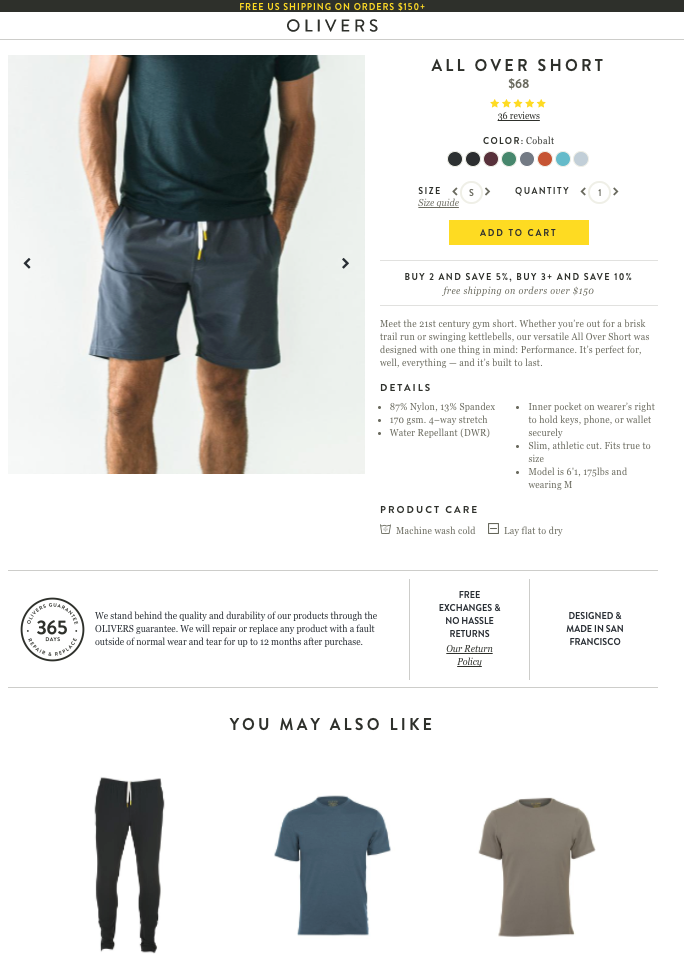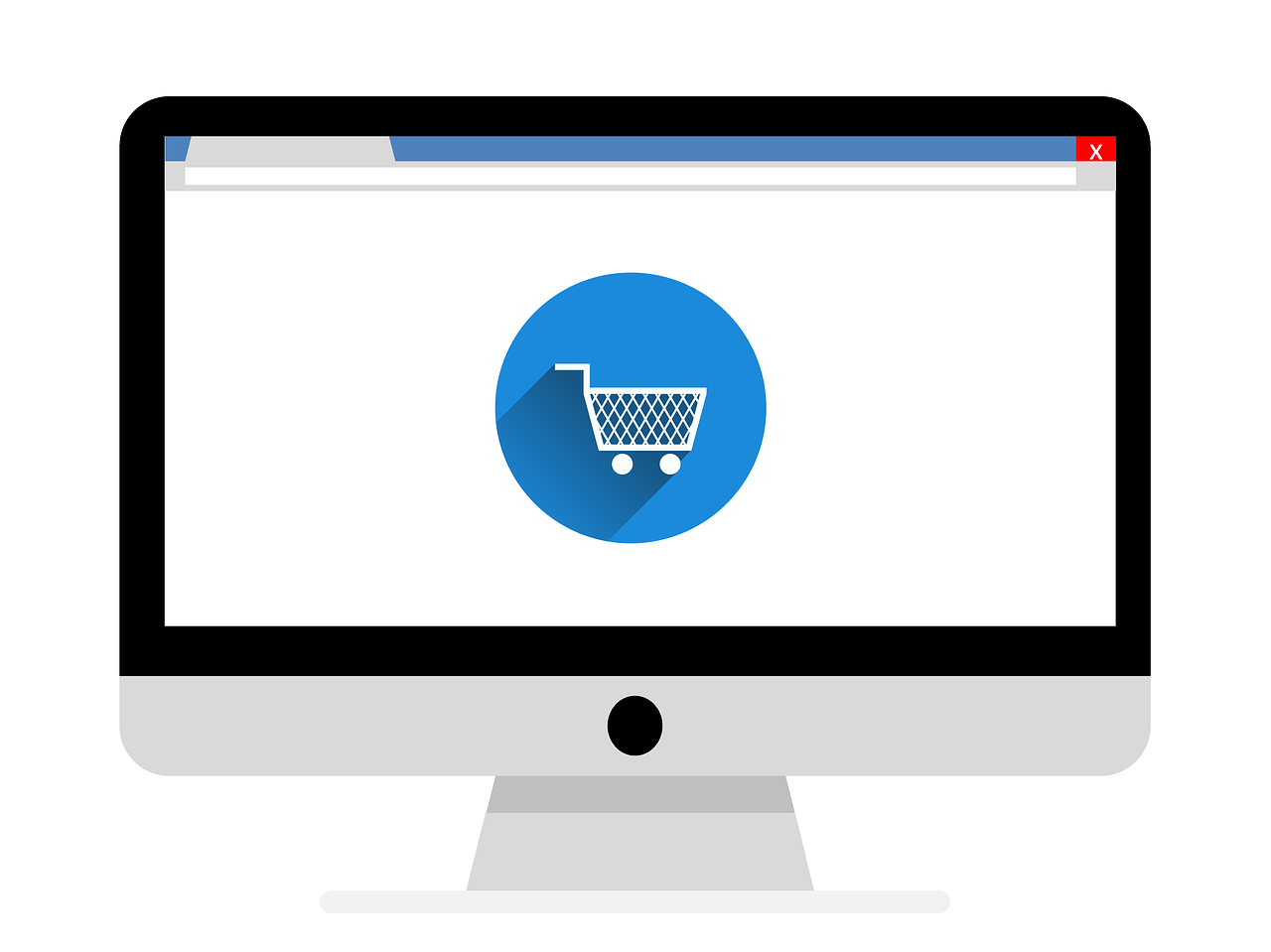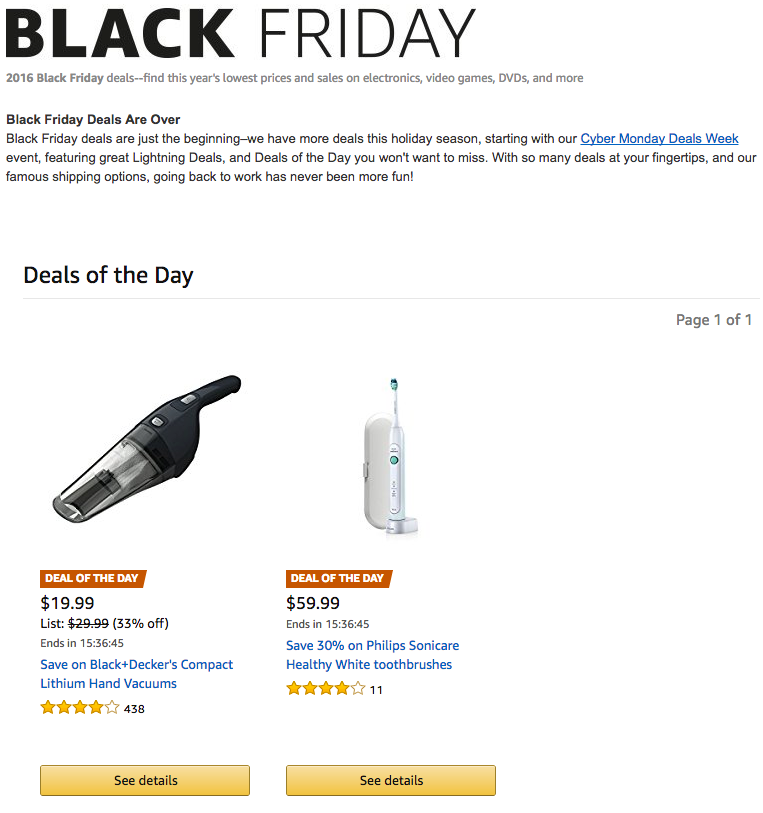Product page SEO is increasingly challenging to get right.
You want your ecommerce website to delight consumers with great creative assets. But you also need to give Google enough semantically relevant content to get those all-important page 1 rankings.
Balancing these two objectives is incredibly hard, especially when you have to do SEO for thousands of products.
So what can you do to increase your organic search visibility in such a complex and competitive industry?
Here are some clear, actionable product page SEO guidelines, as well as pitfalls you’ll need to avoid.
The 10 Dos of E-commerce Product Page SEO
1. Cover the SEO Basics
Your title tag and meta description are often the first interaction a customer will have with your products.
Make them count.
- Include long-tail keywords from your research in descriptions.
- Make sure you utilize internal links to bolster key pages.
- Use headers to make points stand out.
Image alt attributes are still important, too, especially with the recent release of Google’s “Similar items” feature.
2. Go Beyond Keywords
Keyword research is important, but in isolation it is reductive. You need to go further.
By digging deep into segmented data across demographics, you can understand what typically resonates best on your site. However, don’t forget to combine this with research into what your customers like beyond just your website.
Clickstream data will show where customers go next after visiting your product pages, for example. Understanding your audience will help you cater to their personal needs and create more impactful (and better optimized) descriptions.
Let’s look at an example when you optimize based on consumer preferences:

Here we see a product page for the American Express Gold Card, with content tailored to the American and Japanese markets, respectively.
None of this is accidental. It is the result of significant testing by American Express to find out how much information consumers need to make a decision, and the most appropriate content formats to use.
This is a stark contrast to draw, but it serves to illustrate just how varied audiences can be across territories, age groups, and devices.
3. Think Big
Products never exist in isolation. They are related to your brand, your other products, and people’s perception of your offering.
There should always be a consistency of tone across all of your messaging, even within product descriptions. Therefore, even when just writing one product description, think of how it relates to the many other consumer communications on your site.
This is important for information architecture, too. Your site structure should allow for SEO-friendly URLs that flow logically from category to sub-category to product page.
4. Always Write Unique Product Descriptions
A lot of e-commerce sites will just take the same description and adapt it slightly for different products.
The temptation to do so is obvious. Avoid this temptation! It won’t help your users or your search rankings.
Write completely unique content for each product.

5. Make Use of Rich Snippets
Schema.org provides a wide variety of opportunities to get your descriptions featured within search results.
Reviews, price, and product availability are just three options that will help you stand out.
Let’s take a pretty standard search like [mens ties] and it becomes apparent just how hard it is to attract attention:

Adding in a few Schema.org elements would make all the difference here and increase your click-through rate.
From there, let your product descriptions and creative assets do the work to convert a new customer.
6. Invite Your Customers to Contribute
Reviews will help you provide the fresh, unique content Google craves.
Moreover, product pages with customer reviews convert 58 percent more visitors than their review-free counterparts, so this should be a no-brainer.
Just be sure to mark them up with the correct Schema.org element!
7. Test (A Lot)
Tools like Optimizely and Google’s Optimize provide an intuitive way to test even the slightest variations within our product pages.
Changing the color of a call to action might make a significant difference. You won’t know until you test a set of variations.
Use paid search ads to drive traffic to these pages, if needed, and use the data to shape your next test.
8. Think of UX & SEO As Interrelated
User experience and SEO have converged to the point of being inextricable.
Here’s an example of a product page shows a nice balance of SEO and UX elements:

Clear details about the product are provided along with reviews, there are high-resolution images, and target keywords are included without sacrificing the quality of the copy.
9. Optimize With Mobile in Mind
Your product pages must be optimized for mobile.
To take just one relevant statistic, 57 percent of shoppers won’t recommend a poorly-designed mobile site.
Page load speed is of the utmost importance, with 40 percent of shoppers saying they will leave a page if it doesn’t load within three seconds.
Google’s AMP (Accelerated Mobile Pages) project will become more prevalent in e-commerce results, so it is vital that your company is prepared.
10. Provide Detail
Consumers like to know what they’re getting for their money.
Voice search provides a new opportunity to surface product details in search results.
The more relevant details you can provide about a product in response to common queries, the higher the probability that digital assistants will use your content.
The 6 Don’ts of E-commerce Product Page SEO
1. Take Product Descriptions From a Manufacturer’s Website
It can be tempting to do this, as the manufacturer will know their own product best.
However, that means your product pages will be full of duplicate content, which is bad for your SEO efforts.
Your business will also lose a sense of authenticity.
Even when reselling another company’s products, get creative! Put your own unique spin on the descriptions.
2. Remove Your Seasonal Pages Once Peak Period Is Over
This is a classic e-commerce SEO error.
It may seem sensible to remove seasonal pages, as they serve no real purpose for most of the year. However, that will only leave you with the same uphill struggle every year: gaining the authority your site needs to rank. By the time you do, it will likely be too late.
Amazon offers a great example of how to do this well. They have a dedicated Black Friday URL (https://www.amazon.com/Black-Friday/) that only gains authority over time. Amazon can then update the page as the peak Black Friday season approaches.
In the interim, other deals are offered up to keep consumers engaged.
 3. Think About ‘Keyword Density’
3. Think About ‘Keyword Density’
Here’s all you need to know about keyword density from Jenny Halasz:
“Keyword density is an outdated concept. It’s not important anymore. And there is no ideal percentage. Use keywords as it makes sense in the content (if you’re unsure, try reading it out loud) and don’t worry about density.”
Semantic search, however, is real and it’s certainly not going away anytime soon.
4. Use Automated Description Generators
In the short term, automated description generators are a huge time-saver.
In the long term, you’ll find not only that user engagement rates suffer, but also that your organic search rankings may follow suit.
Creating product descriptions at scale (especially if you are constantly updating your range) is time-consuming. But put in the time. You will reap the SEO rewards later.
5. Work in Isolation
SEO requires the strengths of many different people to succeed.
Work with your development teams, UX specialists, and other channel teams (e.g., paid search and social).
Integrate SEO into everything your marketing team does so it becomes a mindset rather than an addendum.
6. Remove Product Pages Unless Necessary
Should a product go out of stock, keep the URL live.
As with seasonal pages, this can seem counter-intuitive to some site owners.
However, it will be far more profitable if you keep these pages live and provide a link to other, relevant products until the item comes back in stock.

Image Credits
Featured image: Depositphotos
In-article images: Pixabay
Screenshots taken by Clark Boyd, May 2017
Subscribe to SEJ
Get our daily newsletter from SEJ’s Founder Loren Baker about the latest news in the industry!

 3. Think About ‘Keyword Density’
3. Think About ‘Keyword Density’